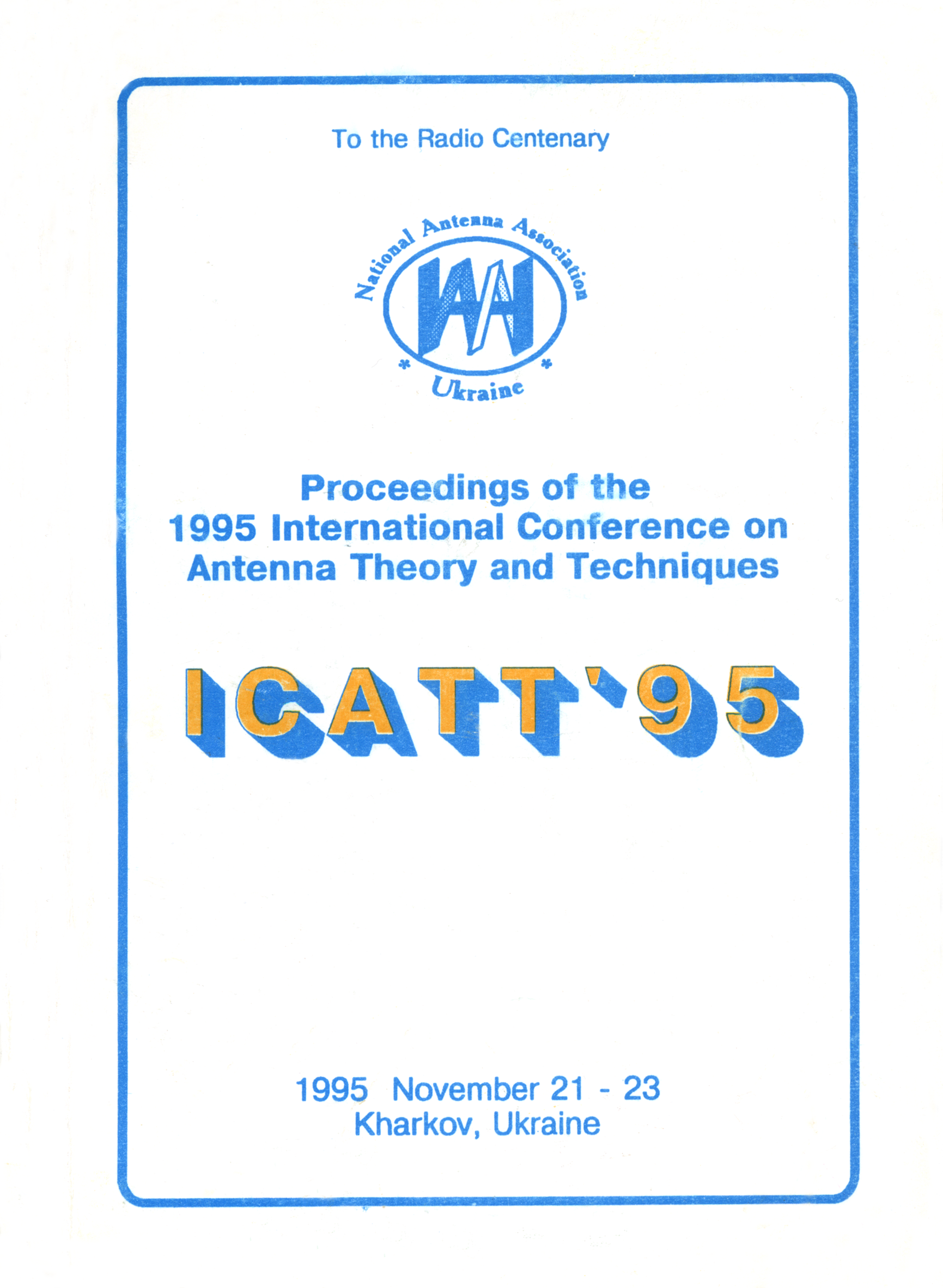High-resolution pattern control in correlated jammers and signals field environment
DOI:
https://doi.org/10.1109/ICATT.1995.1234127Abstract
As a radar and communication traffic increases, the suppression of jammers and clutters becomes more important in all applications. For the military and civil air traffic control, in particular, the growing sophistication of jamming techniques is an additional matter of concern. For these reasons, a number of efforts has been undertaken to develop system that reject the interference by using a control of antenna’s sidelobes.
There are some algorithms aimed at jammers and clutters cancellation such as Widrow’s and Applebaum’s algorithms. As these algorithms’ optimality can be rated as a «local optimality» it is necessary to estimate simultaneously several parameters of noise and jammers field. However these algorithms fail under conditions of correlated jammers and strong signals.
To reduce these undesirable effects the model is formed as a system of random differential equations. The problems of its solution are discussed in report. The theory of matrices and numerical analysis were used.
In many radar and communication systems different types of noise take place simultaneously. For example, an airborne radar can experience both ground clutter and jamming interference. The adaptive receiving array algorithms can be configured to sense the directions of arriving signal and to form a beam in the appropriate direction by generating an appropriate random model in the receiver’s computer. In our studies, the calculation has been performed as a series of consecutive iterations.
The maximum likelihood criterion has been used to calculate the optimum estimates in the direction of nulls.
To compare the features of the presented in the report with the others, a computer simulation was performed.
